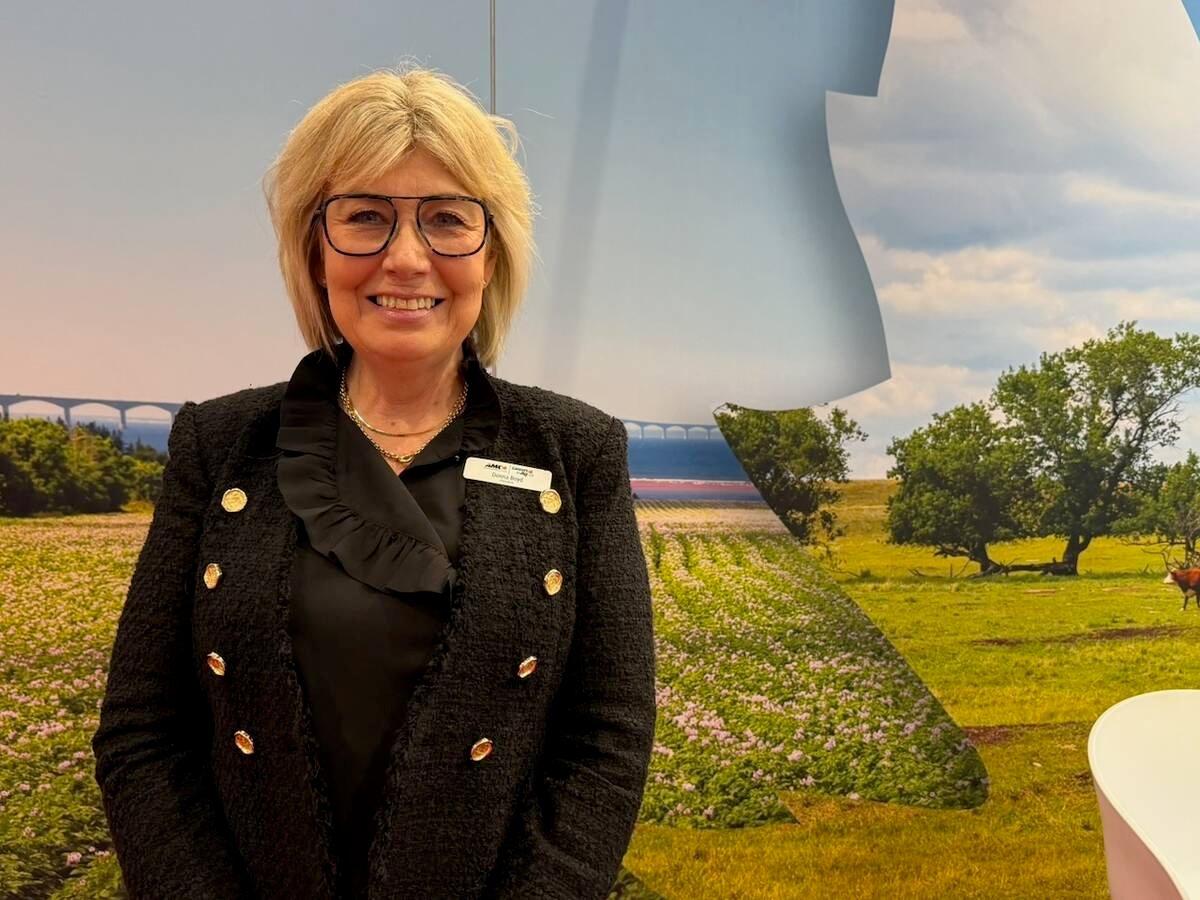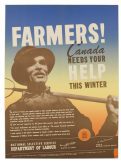The Canadian Grain Commission is changing tolerance levels for ergot and sclerotinia in most classes of wheat as well as fusarium damage in food barley.
The changes will take effect Aug. 1 in Western Canada.
Under the updated standards, tolerance levels of .04 percent ergot and .04 percent sclerotinia will be put in place for all non-feed grades of wheat in the following classes: CWRS, CWHWS, CWRW, CWSWS, CWES, CPSR and CPSW.
Updated tolerances will also be implemented on CWAD amber durum. Effective Aug. 1, tolerances of .02 percent ergot and .02 percent sclerotinia will be in place for 1CWAD and 2CWAD.
Read Also

More Canadian companies at Agritechnica 2025
A record number of Canadian agriculture machinery and tech companies are at Agritechnica 2025, with exporters being more aggresive looking for new markets.
Ergot and sclerotinia tolerances for 3CWAD 4CWAD are set at .04 percent.
For Canada Western Food barley, a tolerance level of .5 percent fusarium damage will be in place.
The changes are based on recommendations that the Western Standards Committee made to the grain commission at meetings held in April.
Similar tolerances were recommended for eastern wheat by the Eastern Standards committee and will take effect on most eastern grades of wheat effective July 1.
The ergot tolerance for Canadian wheat currently varies, depending on the grade and class of wheat.
Ergot tolerances for different classes and grades of western wheat currently vary from .01 percent for 1CWRS to .06 percent for 2CPSR.
Although tolerances will widen for many classes of wheat effective Aug. 1, they will still be marginally tighter than internationally recognized Codex Alimentarius standards, the grain commission said in a May 22 news release.
It means more Canadian wheat may be eligible for delivery into higher grades without compromising safety.
The changes will also result in more uniform tolerance levels for eastern and western wheat classes.
“These grading changes are not only uniform between Eastern and Western Canada, they also ensure Canada’s grain continues to uphold its reputation for quality and safety,” said Elwin Hermanson, the CGC’s chief commissioner.
The decision to implement similar tolerance levels for ergot and sclerotinia will also reduce confusion.
“While sclerotinia is not toxic like ergot, we keep the tolerances the same for both because sclerotinia is very similar in appearance to ergot,” said Daryl Beswitherick, the commission’s program manager for quality assurance standards.
“By keeping tolerances the same for both of these grading factors, we can mitigate risk caused by any potential confusion between the two.”
The 0.5 percent tolerance for fusarium damage in Canada Western Food barley was deemed necessary to ensure that Canadian food barley destined for international food markets will meet importing countries’ food safety standards.
A fusarium damage tolerance was not included when the food class of western barley was created in 2012.
At its April meeting, the Western Standards Committee also received updates on current grading studies or projects involving grain commission inspection experts and research scientists.
The commission has been monitoring the relationship between fusarium damage levels and deoxynivalenol (DON) levels in Canada Western Soft White Spring (CWSWS) for the past two harvests.
This class currently has the same fusarium damage tolerance (1.5 percent) for all three grades.
The commission will continue to study how the end uses of this class of wheat are affected by fusarium damage.
The commission is also looking at systems used to measure dockage in canola.
Sieves are currently used to remove dockage from canola and rapeseed samples.
It was proposed last November that the commission conduct a study using a Carter dockage tester to remove dockage from canola.
It is comparing sample results from both systems and will provide an update this fall.















